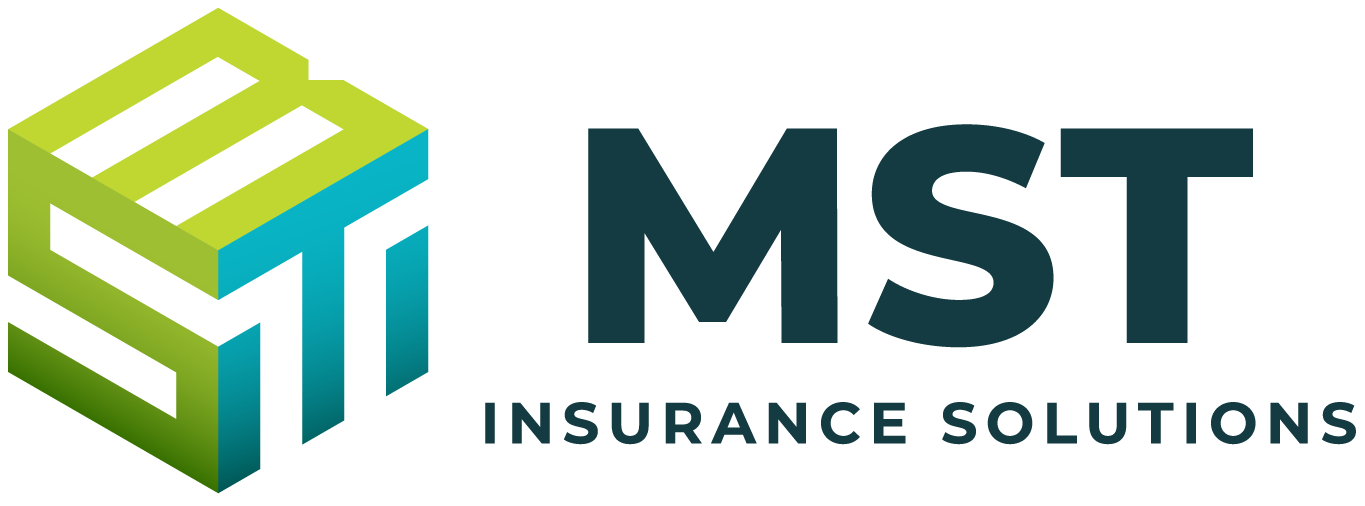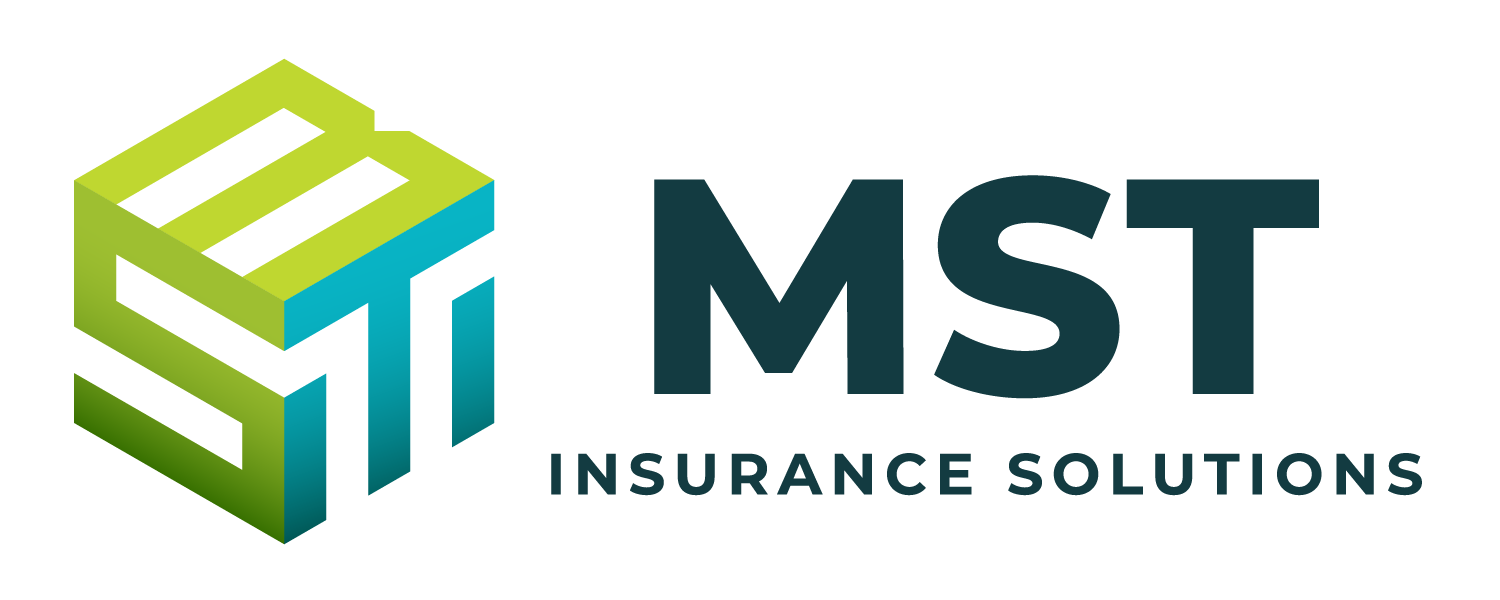Using an Applicant Tracking System
According to Capterra, 75% of recruiters and talent managers use recruiting software or an applicant tracking system (ATS). This rate shows that while many employers are leveraging technology to improve the candidate experience and create efficiencies, others may still be exploring which solutions are feasible and effective. Specifically, employers may be considering using an ATS throughout the recruiting and hiring process. Such software can come equipped with capabilities ranging from simple database functionality to a full-service suite of tools that helps businesses of any size filter, manage and analyze candidates.
Organizations use ATS software—often cloud-based—differently based on their industry and candidate needs to manage their applicant pool. Generally, an ATS
offers various functions, including the following:
• Sourcing for qualified or ideal candidates; resumes may even be scored based on keywords, relevant job titles and other factors
• Collecting and storing candidate resumes
• Engaging candidates by providing quicker responses and touchpoints during the recruitment process
• Automating everyday recruiting tasks, such as posting jobs and sending notification emails as candidates progress through the process
• Optimizing the onboarding process
Today’s workers expect a digital, engaging and straightforward application process. ATSs could help employers match the pace of change and workforce demand and potentially recruit more qualified candidates. Thus, the right ATS for an organization could save money in the hiring budget and improve the net hiring score.
Creating Online Coaching and Mentoring Programs
Learning and development (L&D) opportunities are becoming increasingly popular among today’s workers and can even impact employment decisions in today’s competitive labor market. One way to help educate and develop employees is to provide coaching and mentoring programs—and technology can facilitate such offerings on demand.
Coaching and mentoring programs offer various benefits, including skill development, continual growth, networking and talent development. As more workers want L&D opportunities, organizations can also realize advantages to their recruitment, productivity, retention and company culture.
Technology is shaping the future of learning by making growth opportunities accessible, engaging and sustainable. Learning technology can provide employees with always-on learning, coaching and mentoring support and other resources that are readily available through apps, websites and other technology platforms. Here are some examples:
• A platform connecting employees toon-demand professional coaches
• A platform offering access to a pool of certified coaches who interact through video sessions via computers and smartphones
• A platform leveraging artificial intelligence to match employees with coaches
• A platform supporting a library of on-demand learning resources For more resources on workplace technology, contact MST Insurance Solutions, Inc.
For a copy of this notice, click here: Workplace Technology Trends – Q2 2022

